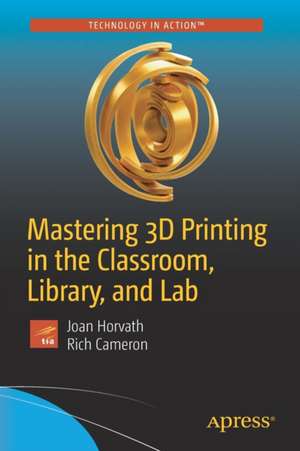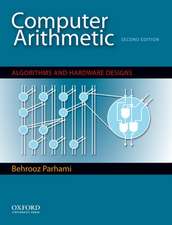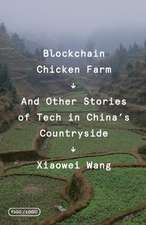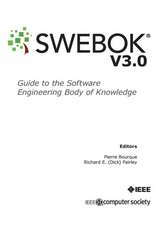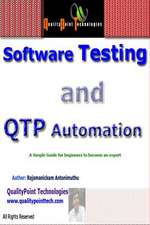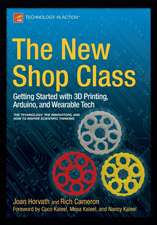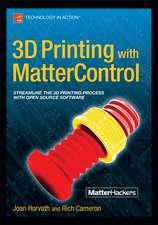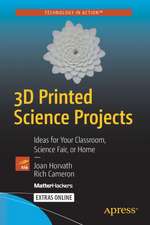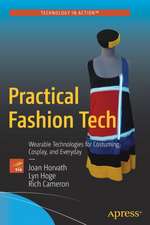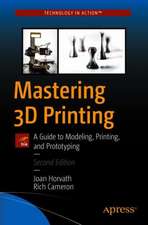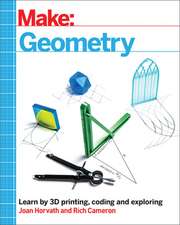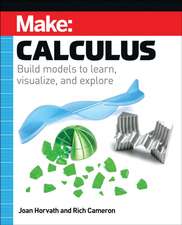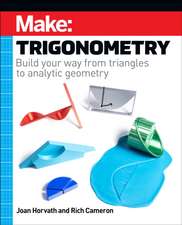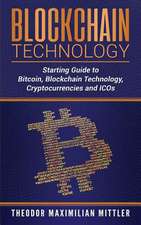Mastering 3D Printing in the Classroom, Library, and Lab
Autor Joan Horvath, Rich Cameronen Limba Engleză Paperback – 25 oct 2018
- Discover
what
is
really
involved
with
using
a
3D
printer
in
a
classroom,
library,
lab,
or
public
space
- Review
use
cases
of
3D
printers
designed
to
enhance
student
learning
and
to
make
practical
parts,
from
elementary
school
through
university
research
lab
- Look
at
career-planning
directions
in
the
emerging
digital
fabrication
arena
- Work with updated tools, hardware, and software for 3D printing
Preț: 216.94 lei
Preț vechi: 271.17 lei
-20% Nou
41.52€ • 45.12$ • 34.90£
Carte disponibilă
Livrare economică 31 martie-14 aprilie
Specificații
ISBN-10: 1484235002
Pagini: 250
Ilustrații: XXI, 310 p. 102 illus. in color.
Dimensiuni: 155 x 235 mm
Greutate: 0.47 kg
Ediția:1st ed.
Editura: Apress
Colecția Apress
Locul publicării:Berkeley, CA, United States
Cuprins
Introduction
Notă biografică
As an engineer and management consultant, Joan Horvath has coordinated first-of-a-kind interdisciplinary technical and business projects, helping people with no common vocabulary (startups, universities, small towns, etc). work together. Her experience as a systems engineer has spanned software development, spacecraft flight operations, risk management, and spacecraft/ground system test and contingency planning.As an educator, Joan’s passion is bringing science and technology to the non-specialist in a comprehensible and entertaining way that will stay with the learner for a lifetime. As an educator, Joan’s passion is bringing science and technology to the non-specialist in a comprehensible and entertaining way that will stay with the learner for a lifetime.
Textul de pe ultima copertă
Learn how to manage and integrate the technology of 3D printers in the classroom, library, and lab. With this book, the authors give practical, lessons-learned advice about the nuts and bolts of what happens when you mix 3D printers, teachers, students, and the general public in environments ranging from K-12 and university classrooms to libraries, museums, and after-school community programs.
Caracteristici
Descriere
- Discover what is really involved with using a 3D printer in a classroom, library, lab, or public space
- Review use cases of 3D printers designed to enhance student learning and to make practical parts, from elementary school through university research lab
- Look at career-planning directions in the emerging digital fabrication arena
- Work with updated tools, hardware, and software for 3D printing
